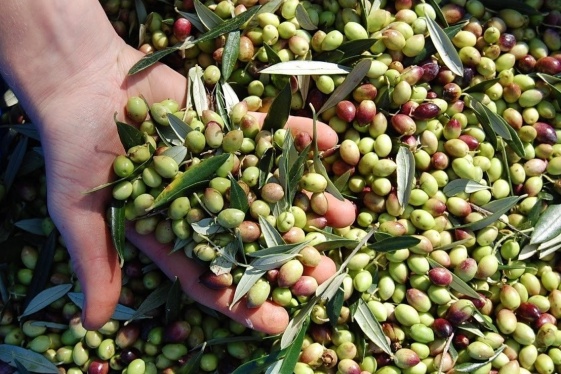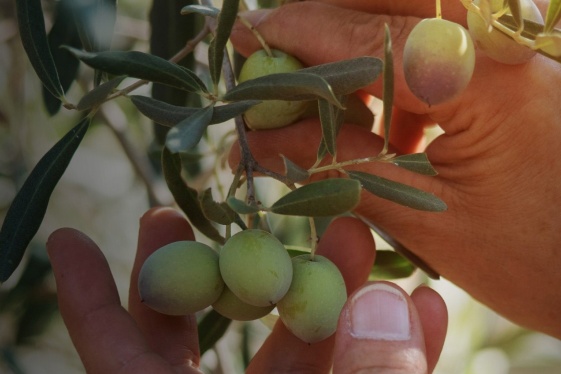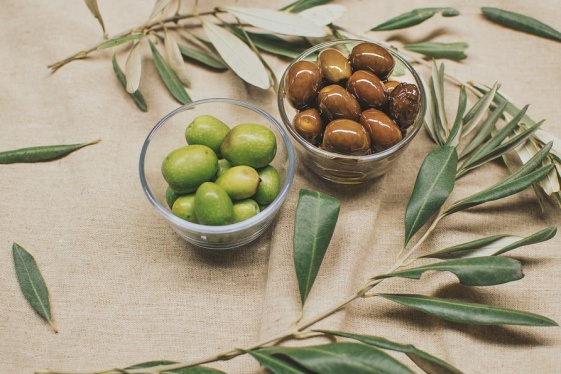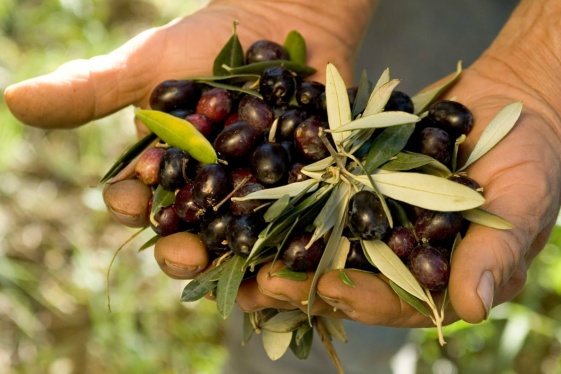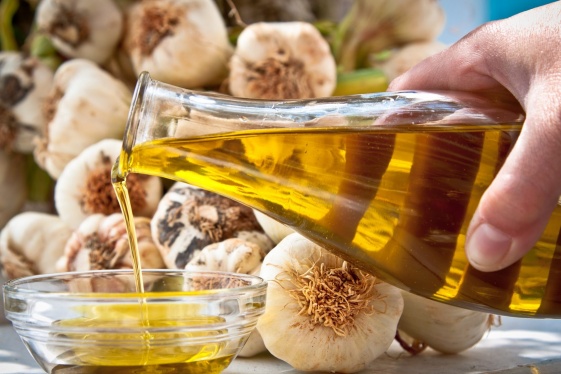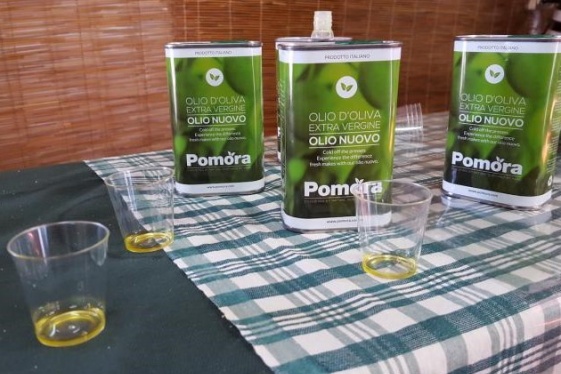Extra Virgin Olive Oil and its production phases
Today we will learn about the production stages of Extra Virgin Olive Oil, the techniques and the process for its production, having Italian Tradition given you a little introduction about its main characteristics and nutritional properties just last week. Stage 1: olive harvest The chemical and compositional features of the olive change sensibly d...
READ MOREIn Italy there are over 80 varieties of olives
We are the country with the greatest records in international competitions for the best quality extra virgin olive oil. Now we are aiming to win also with table olives. We are currently ahead of the Spanish in terms of consumption and production, but the passion for the 80 or so varieties made in Italy is growing year after year, so much so that in...
READ MOREItalian flavors: Aprutino Pescarese Oil
The first evidence of olive growing in Abruzzo date from the period of Roman domination, when the protectionist measures adopted by Rome favoured an expansion of olive-growing and the olive oil industry. Virgil speaks of olive trees in the Marsica, near Lake Fucino, while Ovid documents their production in the Peligna Valley. With the fall of the...
READ MOREItalian olive oil producers bet on regional Geographical Indications
n recent months in Italy, there has been a real escalation in the requests for recognition of extra virgin olive oil with a Geographical Indication. The novelty lies in the attempt to replicate a successful model, that of Olio Toscano PGI. An exemplary case as even before the EU certification it has focused on a production area such as Tuscany, whi...
READ MOREOlive oil for frying? From the USA say yes
The United States Department of Agriculture has made it known that it is possible to use olive oil for frying. Yet the smoke point of olive oil is not very high. There are other oils that have a much higher smoke point. In the case of olive oil, the smoke point is just below 200 celsius degrees, approximately around 196 degrees. So how come you can...
READ MOREAt the discovery of the Extra Virgin Olive Oil Made in Italy
The extra virgin olive oil is an irreplaceable ingredient, and ever-present one in Italian cuisine: in first and second courses, on vegetables and on bruschettas, or simply on plain bread. In Italy there are over 500 olive varieties and several areas of the national territory dedicated to oil production, allowing for the production of many varietie...
READ MOREItalian Olive Oil Exports Doubled in Last 20 Years
With an expected harvest of about 315,000 tons, Italy’s national statistics agency (Istat) confirmed the country will once again be the world’s second-largest olive oil producer. The country sits far behind Spain, at an estimated 1.2 to 1.35 million tons, but will exceed the harvests in Tunisia, with 250,000 tons, and Greece and Turkey, with 200,00...
READ MOREItalian Olive oil, the preliminary estimates for 2021-2022 harvest campaign
The olive harvest has just started in Italy. The estimated production is increasing by +15% compared to last year, and the forecasts speak of an excellent level of quality. This is what emerges from an analysis of the Italian farmers association Coldiretti, research firm Ismea, and Unaprol (an association of Italian olive oil producers) made public...
READ MOREItaly's love story with olive oil, from North to South
Olive oil is a staple of the Mediterranean diet and among the healthiest ingredients you can keep in your pantry. It is also a symbol of Made in Italy around the world and a reason of national pride: indeed, Italy produces an average of 500,000 tons of olive oil each year, an amount that places it steadily among the three largest producers in Europ...
READ MOREHow to Pick and Taste Good Extra Virgin Olive Oil
Extra virgin olive oil is the healthiest fat around - it promotes cardiovascular health, it works as an antioxidant, it reduces inflammation and supports your immune system, to cite just a few of its proven health benefits. In order to obtain and maximize these beneficial effects though, you need to consume good extra virgin olive oil. And that is...
READ MORE


